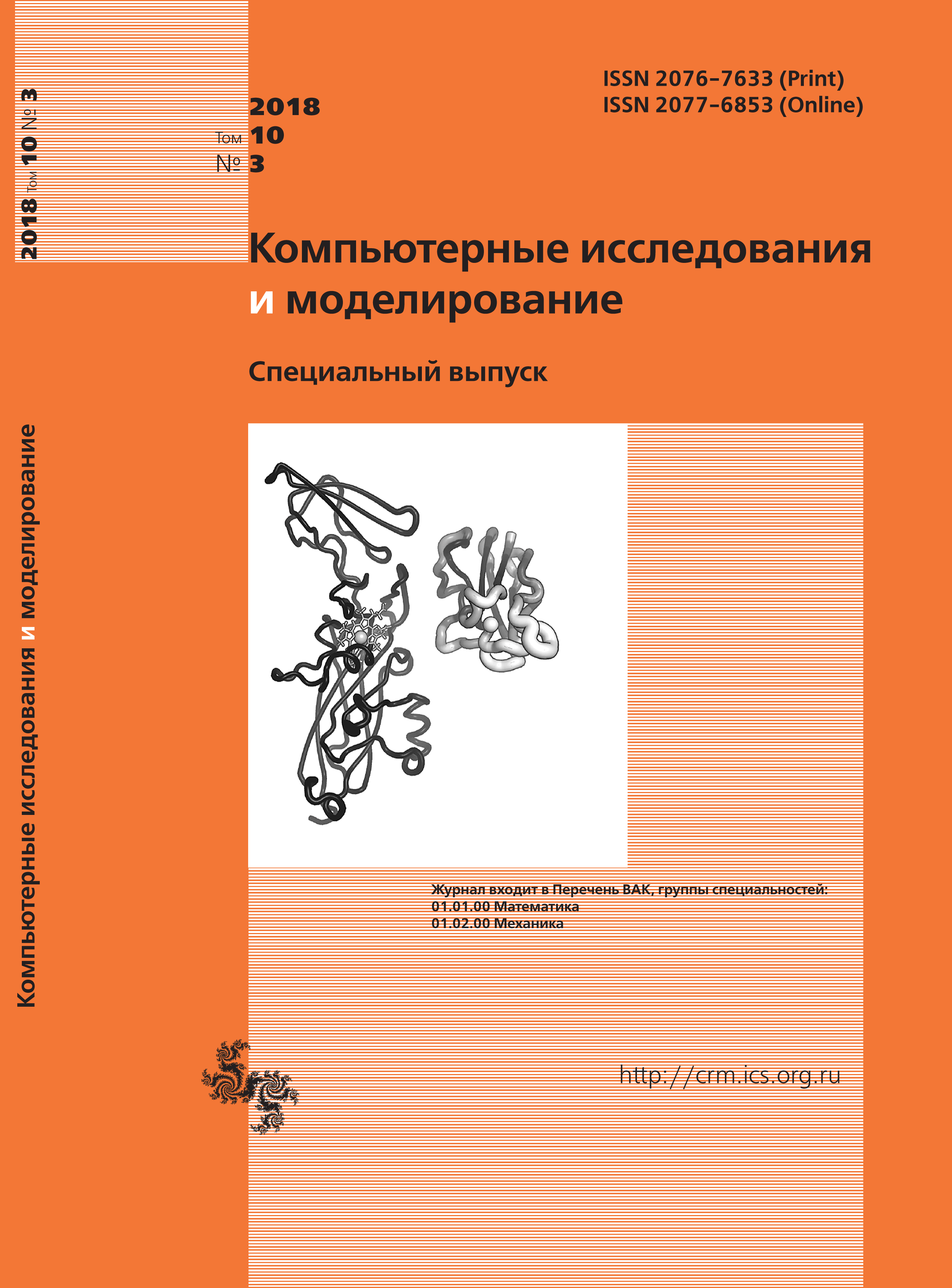All issues
- 2024 Vol. 16
- Issue 1 (special issue)
- 2023 Vol. 15
- 2022 Vol. 14
- 2021 Vol. 13
- 2020 Vol. 12
- 2019 Vol. 11
- 2018 Vol. 10
- 2017 Vol. 9
- 2016 Vol. 8
- 2015 Vol. 7
- 2014 Vol. 6
- 2013 Vol. 5
- 2012 Vol. 4
- 2011 Vol. 3
- 2010 Vol. 2
- 2009 Vol. 1
Neural network model of human intoxication functional state determining in some problems of transport safety solution
This article solves the problem of vehicles drivers intoxication functional statedetermining. Its solution is relevant in the transport security field during pre-trip medical examination. The problem solution is based on the papillomometry method application, which allows to evaluate the driver state by his pupillary reaction to illumination change. The problem is to determine the state of driver inebriation by the analysis of the papillogram parameters values — a time series characterizing the change in pupil dimensions upon exposure to a short-time light pulse. For the papillograms analysis it is proposed to use a neural network. A neural network model for determining the drivers intoxication functional state is developed. For its training, specially prepared data samples are used which are the values of the following parameters of pupillary reactions grouped into two classes of functional states of drivers: initial diameter, minimum diameter, half-constriction diameter, final diameter, narrowing amplitude, rate of constriction, expansion rate, latent reaction time, the contraction time, the expansion time, the half-contraction time, and the half-expansion time. An example of the initial data is given. Based on their analysis, a neural network model is constructed in the form of a single-layer perceptron consisting of twelve input neurons, twenty-five neurons of the hidden layer, and one output neuron. To increase the model adequacy using the method of ROC analysis, the optimal cut-off point for the classes of solutions at the output of the neural network is determined. A scheme for determining the drivers intoxication state is proposed, which includes the following steps: pupillary reaction video registration, papillogram construction, parameters values calculation, data analysis on the base of the neural network model, driver’s condition classification as “norm” or “rejection of the norm”, making decisions on the person being audited. A medical worker conducting driver examination is presented with a neural network assessment of his intoxication state. On the basis of this assessment, an opinion on the admission or removal of the driver from driving the vehicle is drawn. Thus, the neural network model solves the problem of increasing the efficiency of pre-trip medical examination by increasing the reliability of the decisions made.
- . Neuro-fuzzy model of fuzzy rules formation for objects state evaluation in conditions of uncertainty. // Computer Research and Modeling. — 2019. — V. 11, no. 3. — P. 477. DOI: 10.20537/2076-7633-2019-11-3-477-492
Indexed in Scopus
Full-text version of the journal is also available on the web site of the scientific electronic library eLIBRARY.RU
The journal is included in the Russian Science Citation Index
The journal is included in the RSCI
International Interdisciplinary Conference "Mathematics. Computing. Education"







